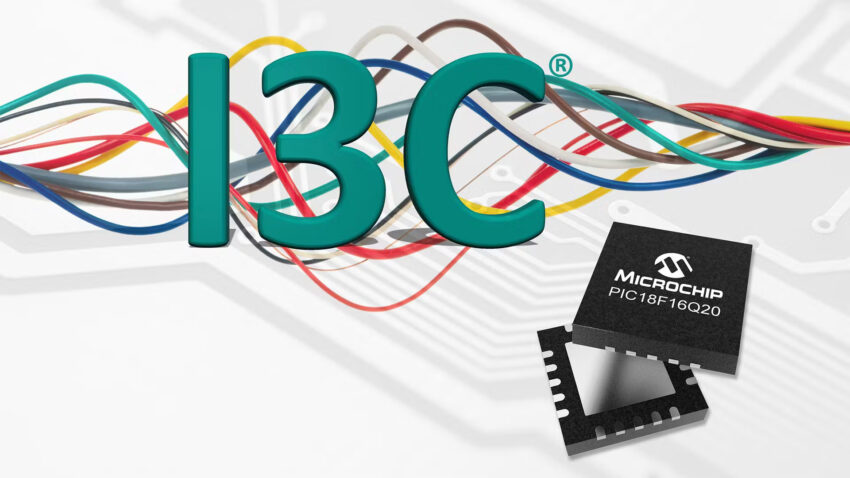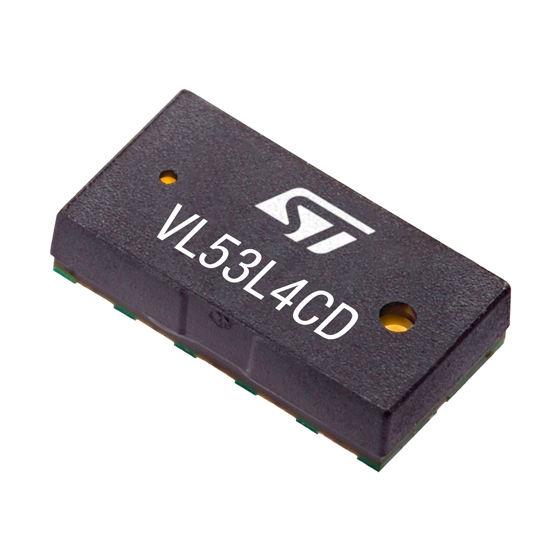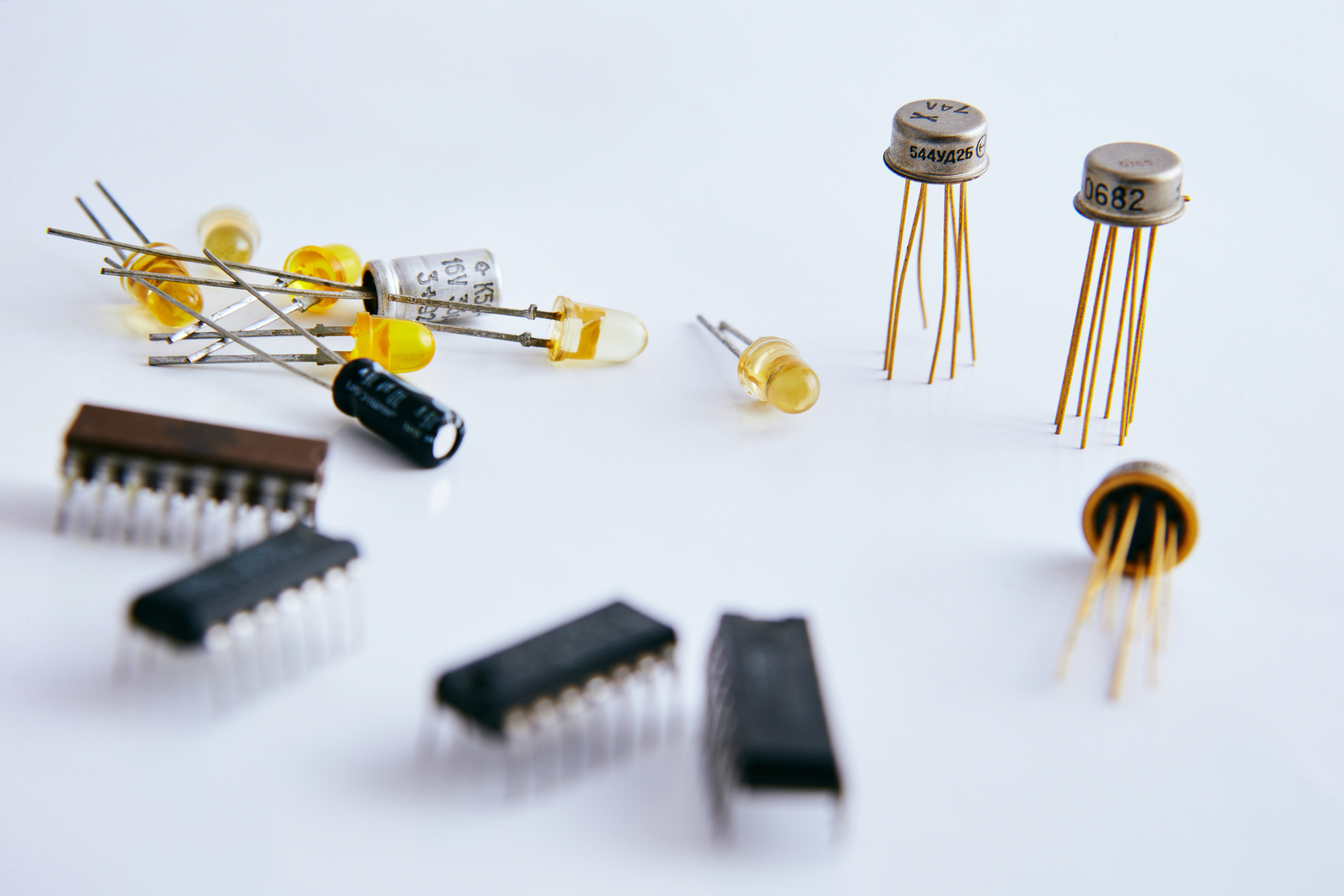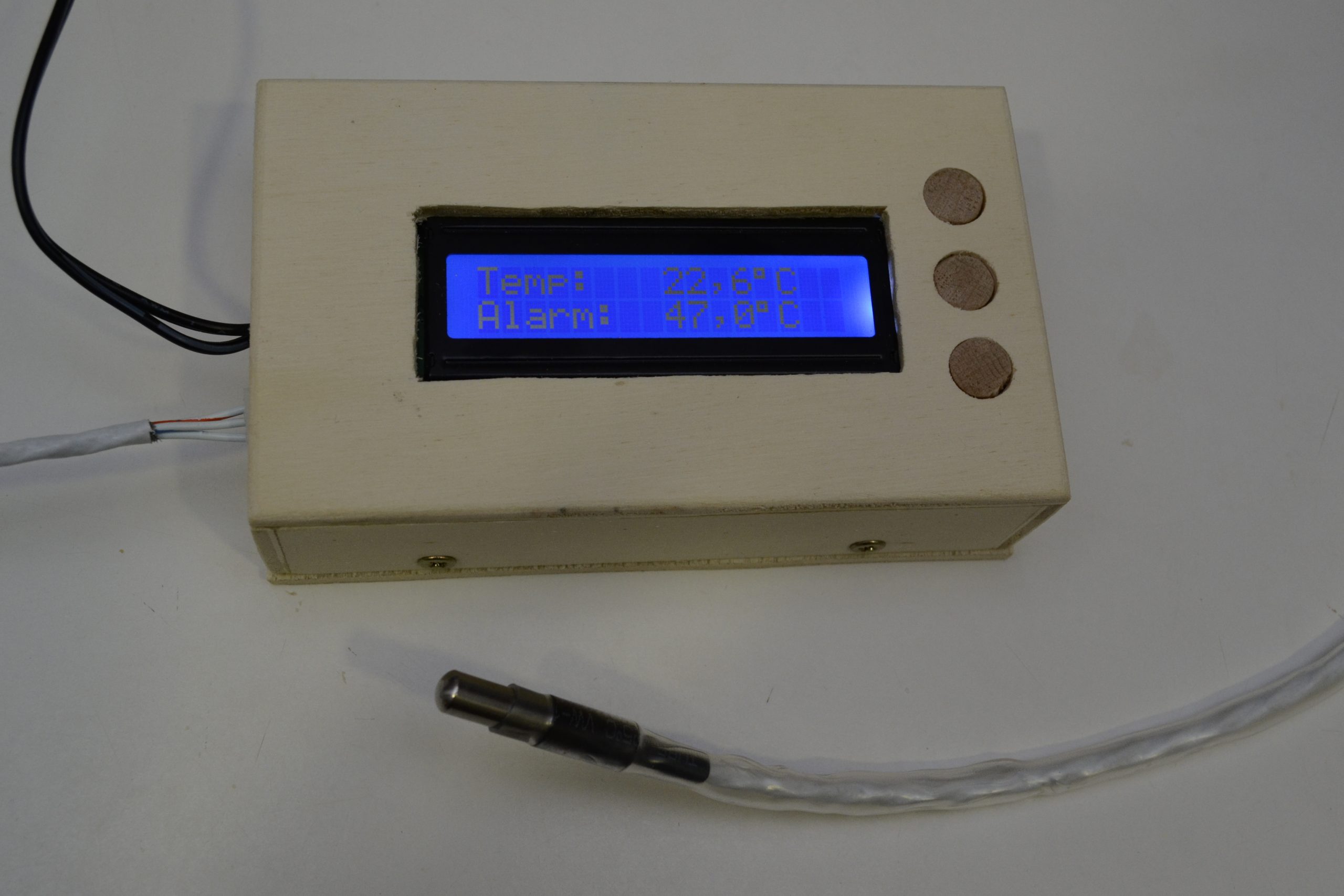
Microchip’s PIC18-Q20: Microcontroller with native I3C interface compatibility
Microchip has introduced the PIC18-Q20 microcontroller product line, bringing forth a set of versatile chips available in 14- and 20-pin packages. These microcontrollers not only support multi-voltage I/O but also mark a significant milestone as the first low-pin count microcontroller with an I3C target mode. The I3C target mode is a distinctive capability of these microcontrollers. I3C, or Improved Inter-Integrated Circuit, is a communication interface standard. The PIC18-Q20 microcontrollers are the first of their kind with low-pin counts to incorporate this I3C target mode. This mode enhances their communication capabilities, offering new possibilities for connecting and interacting with other devices in a network.
In 2016, a significant advancement occurred with the introduction of the Improved Inter-Integrated Circuit (I3C) standard. This innovation quickly found its way into diverse devices, including Field-Programmable Gate Arrays (FPGAs) and switch products.
I3C operates as a two-wire multi-drop bus (clock and data) and maintains backward compatibility with I2C buses. The improvement comes in the form of data rates, with the standard data rate (SDR) reaching up to 12.5 megabit/s, a substantial leap from the legacy 1 megabit/s. Optional faster rates are also on the table.

These microcontrollers, bring a host of features designed to make them adaptable and efficient in various electronic applications. Offering configurable peripherals means that users can customize different parts of the microcontroller to suit specific needs, enhancing their versatility. Notably, these MCUs excel in interfacing across multiple voltage domains without the need for additional components, allowing for flexible integration into different power environments. Furthermore, their support for 1V operation in I3C interfaces demonstrates energy efficiency and compatibility with a range of devices.
In terms of processing capabilities, these MCUs feature a fast 10-bit Analog-to-Digital Converter with Computation (ADCC). This means they can quickly convert real-world analog signals into digital data, and the computation feature adds an extra layer of functionality to this process. Additionally, the inclusion of capacitive touch sensing support enables the detection of touch, enhancing their applicability in user interfaces. The 8-bit signal routing port serves as a digital organizer, facilitating the interconnection of various digital peripherals within the MCU.
The PIC18-Q20’s core logic showcases its flexibility by operating at lower voltages through the I3C interface, ranging from 0.95 to 3.63 voltage levels. Beyond this unique feature, the microcontroller family boasts standard attributes like up to 64 kilobytes of program flash memory, 4 kilobytes of SRAM, 256 bytes of data EEPROM, multi-channel 10-bit ADCs, capacitive touch sensing, and timers. For more details on variants and a comprehensive datasheet, the PIC18-Q20 product page serves as a valuable resource.
Individual chips from the PIC18-Q20 series are currently available in various surface mount packages and the through-hole PDIP style. Additionally, Microchip hints at an upcoming Curiosity Nano development board featuring the PIC18F16Q20, offering developers a hands-on experience with this innovative microcontroller family. Understand the product in depth on their product page.















